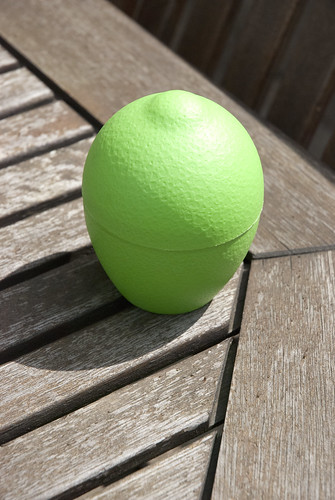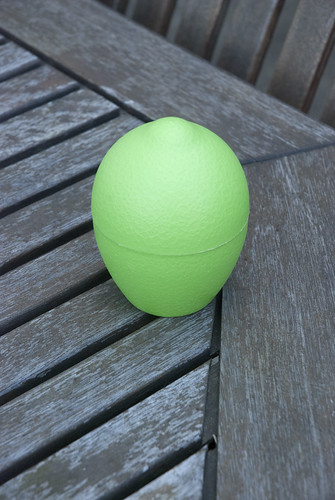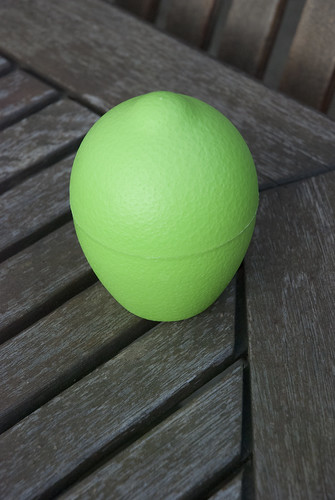Where: In the garden
When: Just before noon on a sunny day, in shade and then at sunset
How: The exercise asked for 3 photographs of the same object when the lighting conditions were as set in the exercise (Direct Sunlight, Shade and Close to the Horizon)
Previous experience working with camera sensitivity speed meant that I was at least mildly familiar with the use of colour temperature and how to adjust it within the camera. I knew that changing the colour temperature would make the camera sensor more sensitive to the colouration of the light and that in certain conditions the image taken could appear to be either cold or warm.
In the run up to doing this exercise I watched the colours around me to see if I could start to see the differences in the lighting conditions and colours,
I started with the first exercise and with camera colour temperature set at daylight I took the following shots
Direct Sunlight
D80,Aperture f/8, Shutter Speed 1/2000 sec, ISO 1000, 70mm (35mm equivalent 105mm), Pattern Metering Mode, Daylight White Balance, Hand Held, 18-70 lens

Shade
D80,Aperture f/8, Shutter Speed 1/180 sec, ISO 1000, 70mm (35mm equivalent 105mm), Pattern Metering Mode, Daylight White Balance, Hand Held, 18-70 lens

Sun close to the horizon
D80,Aperture f/8, Shutter Speed 1/125 sec, ISO 1000, 70mm (35mm equivalent 105mm), Pattern Metering Mode, Daylight White Balance, Hand Held, 18-70 lens

Straight away I noted that the shutter speed differed to each lighting condition and I could also see that the table and the plastic lime had differing colourations in direct sunlight, shade and sunset
I could also see that under differing lighting conditions the same setup could appear either cold as it had a bluer hue to it or warm where it had an orange/red hue to it. This could be either a help or a hindrance when taking photographs as the colour temperature may have to be adjusted to compensate for the colour temperature of natural light.
No comments:
Post a Comment